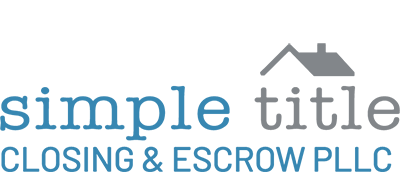Keeping track of your clients can be a daunting task. Every time you need to call, email, or visit a new client, you have to do it again. You need a system that can help you remember who owes what and whom you’ve reached out to in the past.
Keeping track of clients is essential for any mortgage broker. Once you have clients, it’s imperative that you retain them as repeat customers or referrals. Keeping track of your clients is key to ensuring they remain loyal to your company and not someone else who might be more willing to offer them discounts or other perks as they transition from one business to the next.
With an effective CRM solution, maintaining relationships with your clients becomes much easier than before. Let’s take a look at some ways using an integrated Customer Relationship Management software can help keep track of your clients:
Review Who You’ve Met With
The first thing you should do with your CRM is to review who you’ve met with and the conversations you’ve had. This gives you a context for the work that’s been done, what needs to be done, and how much time it will take. It also lets you know what questions or concerns were brought up as well as any next steps. This information can then be transferred into every project through your calendar so that whenever someone sends an email, you have a better idea of who has already been reached out to.
Stay In Touch With Clients
With an effective CRM system, you can easily stay in touch with your clients. You can send automated emails to clients about items such as upcoming events or listings they might be interested in, and track when they respond. You can also set up automated follow-ups that will contact you if the client doesn’t follow through on a scheduled appointment. This method is much easier than constantly reaching out to clients one-on-one or scheduling appointments with them.
Organize Client Data Via Tags
Organizing client data into tags is one of the best ways to keep track of clients. This makes it easy to search for a specific client without having to scroll through a long list. You can also create custom tags that will help you remember important information about each client, such as their job function or the business sector they work in. If you don’t have a CRM software, you can use apps like Google Contacts or Apple’s Reminders to help organize your client information.
Assign Tasks To Prospects
With an integrated CRM software, you can assign different tasks to different prospects. This allows you to keep track of what’s the next step to take in a client or potential client’s journey.
Take a look at your recent phone calls, emails, or visits with new prospects. Now that they are on your radar, you should follow up with them. If it’s too much work for one person to follow up with all the prospects that have been emailed, called, or visited by themselves, an integrated CRM software will allow you to divide those tasks among individuals within the company.
For example: If there are five people doing client service within your company these days, and they each want to follow up with ten prospects each per day. Then the CRM software would allow those five people to individually log into the system and access a list of ten prospects each day and follow up accordingly. From here on out, all this work becomes much more manageable as you already know who is responsible for what prospect. You don’t have to worry about double-booking appointments or forgetting about a client when you’re busy managing other clients.
Build Relationships With New People
One of the best features of an integrated CRM is that it allows you to easily build relationships with new clients. With a simple email or phone call, you can quickly get started on building a relationship with someone new.
If you know that your company typically charges $50 for your services and your client has an upcoming project that will cost them $1,000, you can set up a contract agreement on the spot and save both of you time. It’s easy to forget about who owes what and whom you have reached out to in the past sometimes, so having this information all in one place is invaluable.
You can also see how much time has passed since your client last reached out to you, which will help keep them in mind as they transition from one closing to the next. Now let’s say that after several weeks of keeping track of those big-ticket items, there are still some smaller items that need to be handled.
Rather than trying to remember who owes what and whom they’ve contacted in the past, it would be much easier if we could just check our previous conversations in our CRM software so we could find where we left off without having to reach out again.
One of the best ways to keep your business organized is to use a CRM. By syncing your clients with their data, you’ll be able to stay in touch with them and provide them with the best service possible.




